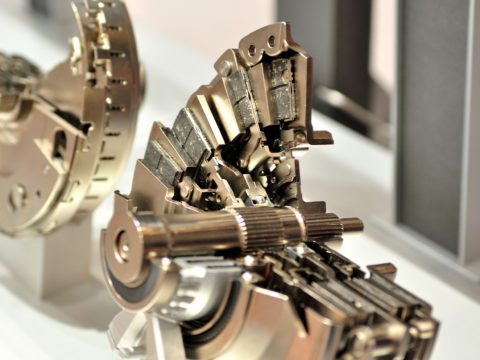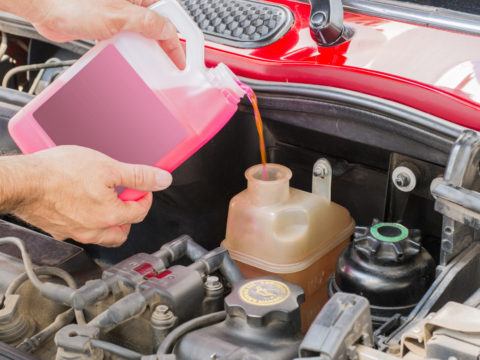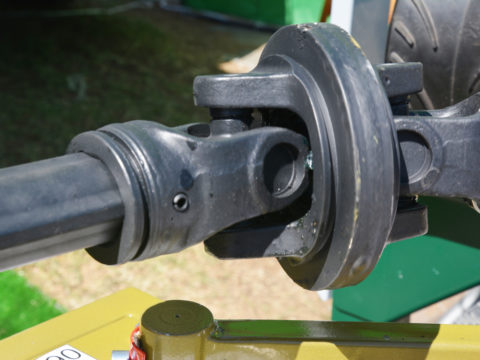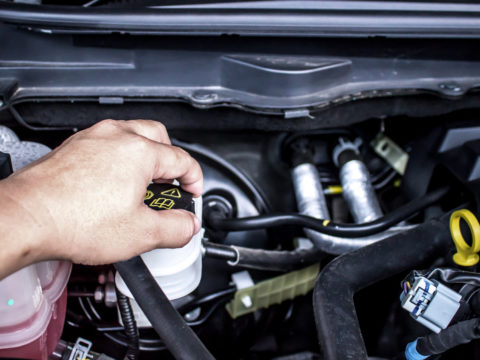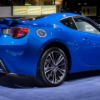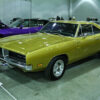Owning a new vehicle or getting an alternative make and model than what you are generally used to can mean getting accustomed to the features and accessories. One of the many notifications you may encounter is the O/D Off option.
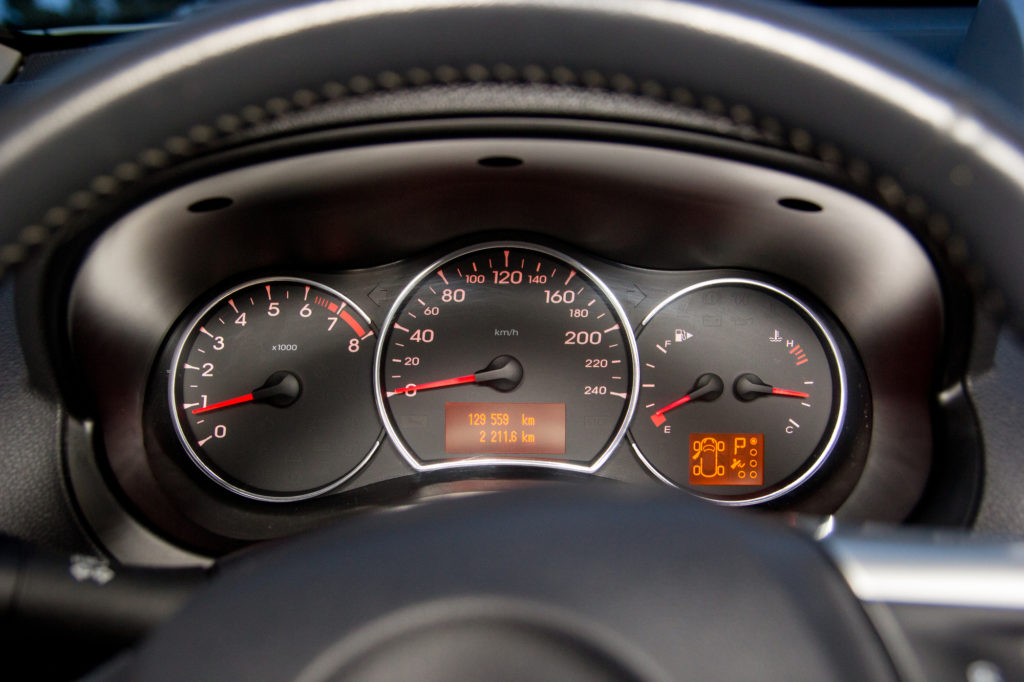
Contents
What Does O/D Stand for?
So, what does the O/D stand for exactly? This feature is the overdrive option on the vehicle. Almost every car, including automatic and manual transmission models, come with overdrive.
Overdrive is when the transmission prevents high acceleration and maximum power to force the engine to stay at a lower RPM while remaining at the desirable speed.
The O/D Off light in a car tells you that the overdrive option is disabled. Depending on your current driving situation, you can typically turn it off and on with the press of a button.
When Should the O/D Be On?
On average, overdrive should be on as the default setting. There are several advantages to using O/D. First, knowing the best circumstances to use it will benefit your engine by helping to reduce wear and tear and essentially prolong its life.
Ideally, you should have overdrive on when:
- Driving speeds over 40 mph
- To improve fuel economy
- Regular daily driving
Driving Speeds Over 40 MPH
Highway driving will require you to operate your vehicle at higher speeds over 40 mph. With O/D turned on, your car will have access to all gears, including the higher ones that may be necessary to obtain a quicker cruising speed or pass another motorist on the road.
Once you reach the optimal speed, overdrive helps maintain this speed without using excessive engine power for a more efficient way to operate the car.
To Improve Fuel Economy
Drivers will find that using O/D regularly will improve the vehicle’s fuel economy. Overdrive will propel the car and maintain a higher speed while using lower engine RPMs, essentially using less gas, producing less operation noise, and providing less wear and tear on the engine.
Regular Daily Driving
It is beneficial to your car’s operation and longevity for everyday driving to keep the O/D on. Regular commuting, running errands, or recreational driving will typically not require you to use lower gears and call for more power to run your car.
On average, you should be driving your vehicle with O/D on more than when it is off if you do not have any extensive circumstances.
When Should the O/D Be Off?
There are a few special situations when your vehicle should have the O/D off. Although it seems beneficial in many cases, sometimes, drivers need the choice to disengage overdrive to maximize their vehicle’s operation.
● Driving Speeds Slower Than 40 MPH
If you are driving at slower speeds, the O/D does not provide any results since you are already in low gear. Operating your car at slower speeds regularly with overdrive engaged can be detrimental to the transmission since it is not necessary during these situations.
● While Towing
If you tow a trailer or haul heavy cargo, you should turn off the overdrive. These circumstances will require your vehicle to use lower gears but depend on the engine for more power to pull heavy loads.
Turning O/D off when towing or hauling cargo limits the gears available, so you are sure to use the maximum power you need during this situation.
● Driving Uphill or Downhill
Driving uphill will require a vehicle to accelerate and draw on more power to move up steep angles. Turning off O/D limits the gears your car has access to, ensuring that it remains in lower gears that will provide the force necessary to propel the vehicle uphill.
Consequently, it is also beneficial to turn off O/D when descending downhill. These lower gears will force your vehicle to operate at lower speeds and help with braking. This way, you have better control of your car during steep declines.
● When Driving on Ice and Snow
Turning off the overdrive when driving in extreme weather, such as ice and snow, will help control the vehicle. In addition, by keeping your automobile in one gear, you can maneuver your car easier, allowing you to drive safely in unfavorable road conditions.
If you live in an area that receives extensive snowfall during the winter, you should have the overdrive off on the chance that your vehicle may get stuck in a drift. This way, you can accelerate and use higher RPMs to gain more traction and propel your car out of a challenging situation.
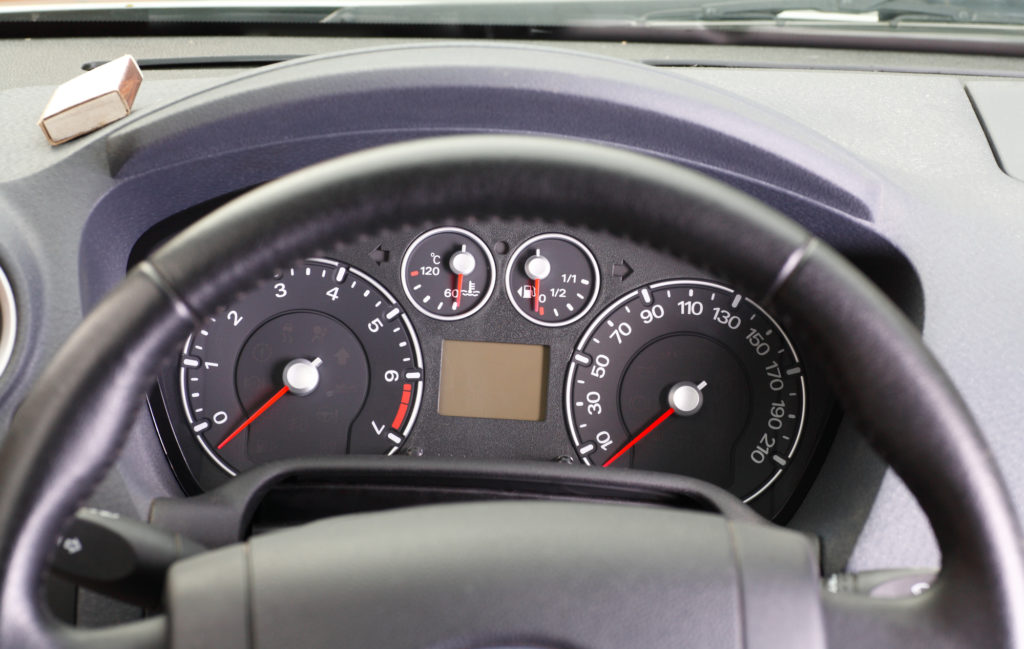
Where Is the O/D Off Button?
If you are in a situation where you want to turn off the overdrive, knowing where it is will help you access it when you need it. Typically, the O/D button should be directly on or near the shifter to quickly turn it off and on.
Why Is Your O/D Off Light Flashing?
While the O/D off light will turn on and stay steady when the overdrive is off, a flashing O/D off light means something entirely different. Much like a Check Engine light, the flashing will indicate a concern with your vehicle.
● Sensor Problem
Sometimes a flashing overdrive off light is a simple problem with a speed sensor. Also known as an overdrive speed sensor or transmission speed sensor, this problem is relatively inexpensive to fix and will have you back on the road with a working O/D in no time.
● Solenoid Issue
The overdrive solenoid component is an electromagnetic device that contains a plunger and is integral to the proper operation of O/D. If there is an issue with the wiring or internal mechanics, the O/D light may flash to indicate this problem.
● Transmission Troubles
If there is a transmission problem on some vehicles, the O/D off light will flash.
One common transmission trouble is when the fluid pressure is too high or low. A quick check into the transmission fluid can help indicate if this is the culprit of the flashing overdrive off light.
Alternatively, your vehicle may have more severe transmission troubles, which will require a visit to your certified mechanic.
Is It Safe To Drive With the Overdrive Off Light Flashing?
When the overdrive off light is flashing, it is indicating a problem. You can drive the vehicle with it flashing, but you will not be able to use O/D until a professional mechanic diagnoses the issue.
You should take any flashing lights seriously and not let them go unattended for long. You will risk more severe damage to your vehicle if an underlying problem needs fixing and you ignore it.
What to Do When You See the O/D Off Light
If you see the O/D off light on your dash, you do not have to panic. Instead, try to locate the button to turn it back on. It should be near or directly on the shifter. Depending on the year, make, and model of your vehicle, it may have OD, O/D, or a small picture on it.
Turning it on and off again will confirm that your overdrive is working correctly, and you can leave it on. If the light does not go away by pressing the button, you can try turning it off and on the vehicle. Sometimes, this will remedy the O/D off light.
Otherwise, any stubborn lights you cannot address will need to be seen by a licensed mechanic.

